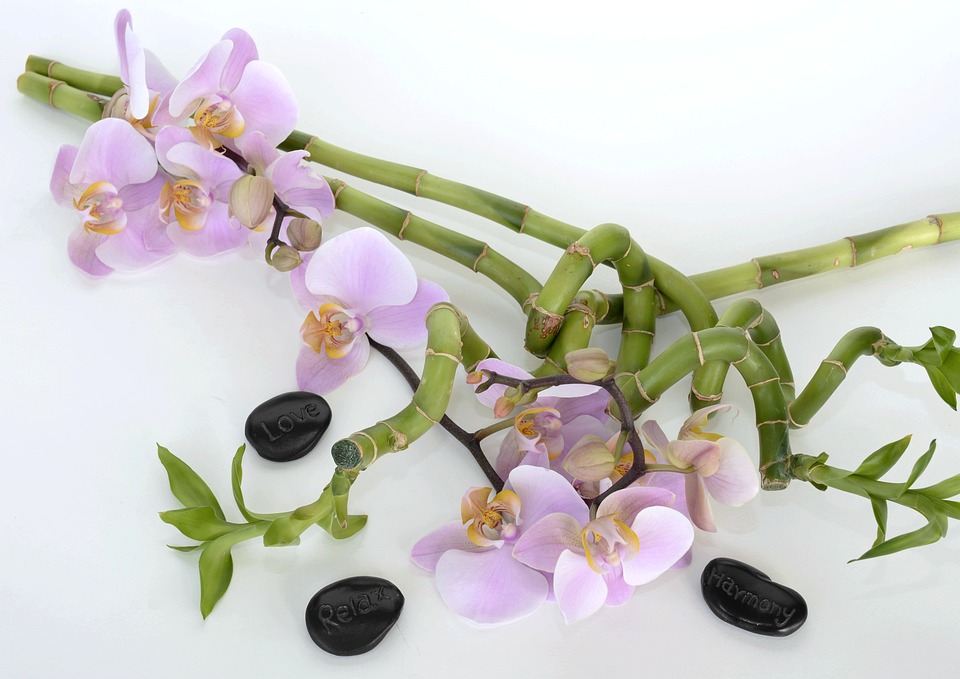Best & Top Tips For Bamboo Plant Care

When considered an intriguing plant in the garden, numerous gardeners have found that bamboo is an adaptable and strong expansion to the home nursery. Bamboo growth is quick and thick and can rapidly add a wonderful and lavish touch to the garden in no time. After buy bamboo plants online, caring for bamboo plants is simple and basic. The following are a couple of tips on bamboo plant care to help you.
Fertilize
Bamboo likes to be taken care of and needs a regime genuinely rich in nitrogen. For best outcomes, we suggest natural fertilizer or manure. Be cautious that the fertilizer is familiar, as this could be excessively strong and may prompt the searing of the leaf tips. Fertilizing two times every year is generally best, toward the start of spring and again in mid or pre-fall. Good natural fertilizer keeps the soil solid, which is the ideal way to prevent pests. Bugs can detect when a plant is weak and benefit from those weak specimens.
Light
Bamboo plants lean towards clear, processed daylight, for example, found under a rainforest covering when it comes to light. Would burn the leaves if they are exposed to intensive daylight. They are more lenient toward lacking light than extreme light. However, if the plant begins to stretch or the green blurs, give it lighter.
Water
Chlorine and other toxins normally present in drinking water are poisonous to bamboo. Accordingly, utilize packaged, purified, or distilled water left out for about 24 hours to set up the chlorine to vanish to water your bamboo plants. Healthy bamboo roots are red, so don’t be stressed if you see red roots in a glass container. It is vital to comprehend how much water the bamboo needs to thrive.
Food
One more on our list of the most proficient method to care for your Bamboo plant is to feed it each several months with water-solvent houseplant manure diluted to 10th of the specific strength. Following the recommended manure measure and schedule is essential to avoid compost burn.
Toxicity
Your Bamboo plant can be harmful to your pets. The most well-known results of eating this plant are stomach torment, runs, widened pupils, slobbering, incoordination, vomiting, and shortcoming.
Mulching
Mulching is generally advantageous for bamboo. It’s an extraordinary method for helping the roots hold dampness in the summer and remain warm in the colder time of the year. Be careful to look around in the mulch now and again. Ensure it’s not getting wet under. It is easy to see dry mulch on top and not understand that the soil beneath is soaked. Rodents could likewise enjoy drilling into a thick mulch bed, so moving it around with a rake is smart.
Have proper waste
If your bamboo plant grows in soil, ensure its vase has good seepage. If you buy plants online, they choose damp soil, yet adding excessive water to the dirt can adversely affect the plant’s growth. Water the soil when the top of the soil is arid.
Temperatures
The Bamboo plant thrives in temperatures in the range of 17-36°C. It is one of the main reasons they make an unbelievable office or house plant. During colder months, be careful when leaving your plant near windows or various spots with a chilled frame.
Pests
A few common pests that influence the bamboo plant include mealybugs, parasites, and fungal diseases. If you notice gray fluff on your plant, it may be a fungal disease, so get rid of the contaminated growth, keep the tail and leaves dry, and expand air dissemination. Mealybugs are little white bugs that should be removed physically and with scouring liquor. Even though parasites don’t commonly influence bamboo plants, they can be obtained by other household plants. Should destroy them with water and dish cleanser.
Propagation
New bamboo plants can be made through vegetative propagation. Start by tracking down a node – the raised rings that develop around the stalk – cut an inch over the node. You will presently have a top and a base. Leave the base in the first compartment. After a few days, the base will have no leaves and should be easily misted regularly to support new growth. The tops will have the leaves in general. Take the top and plunge the cut end into establishing hormones. Allow it to dry for the time being before setting the top in the original holder or another compartment.